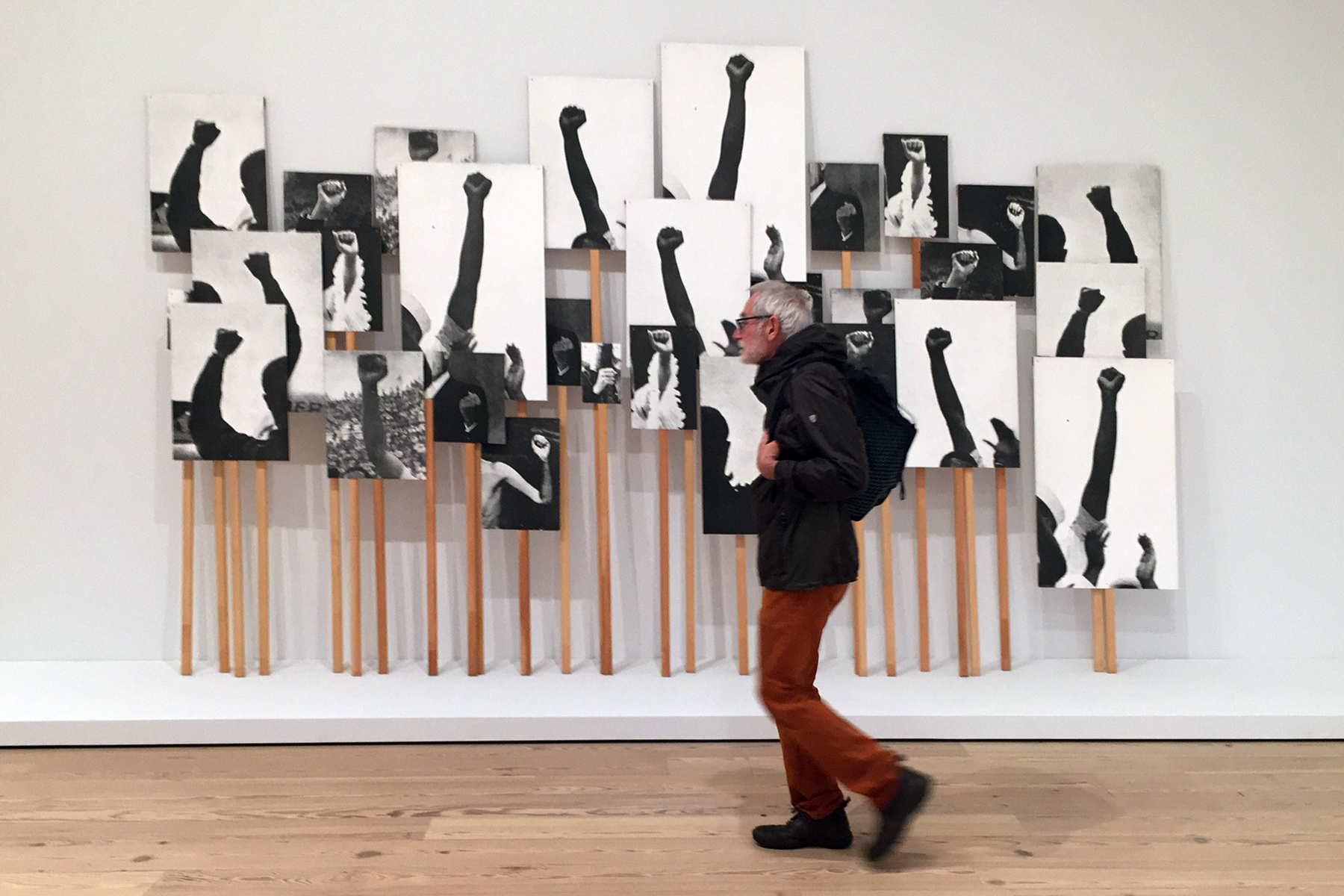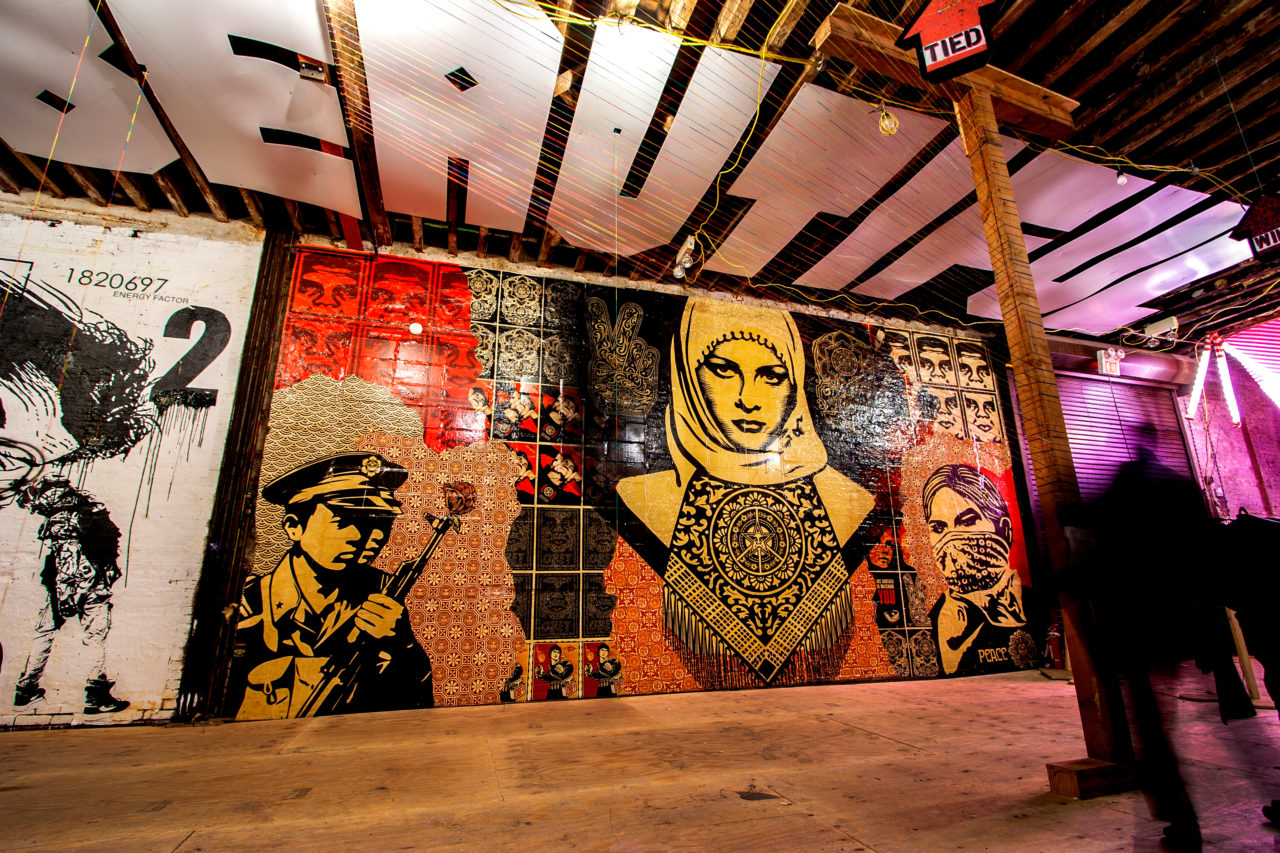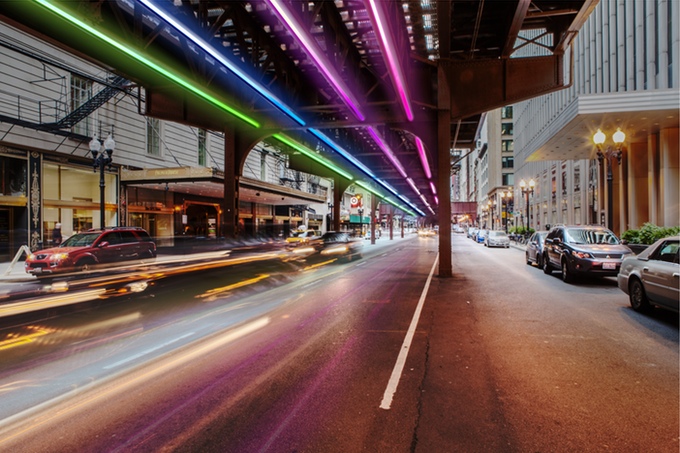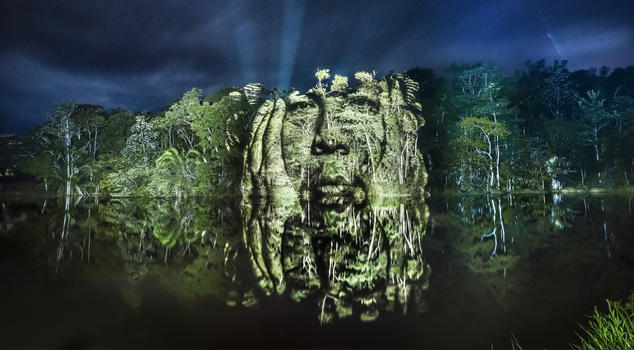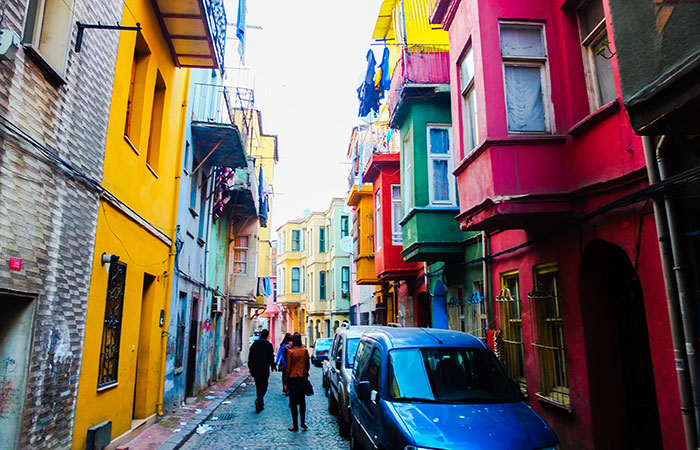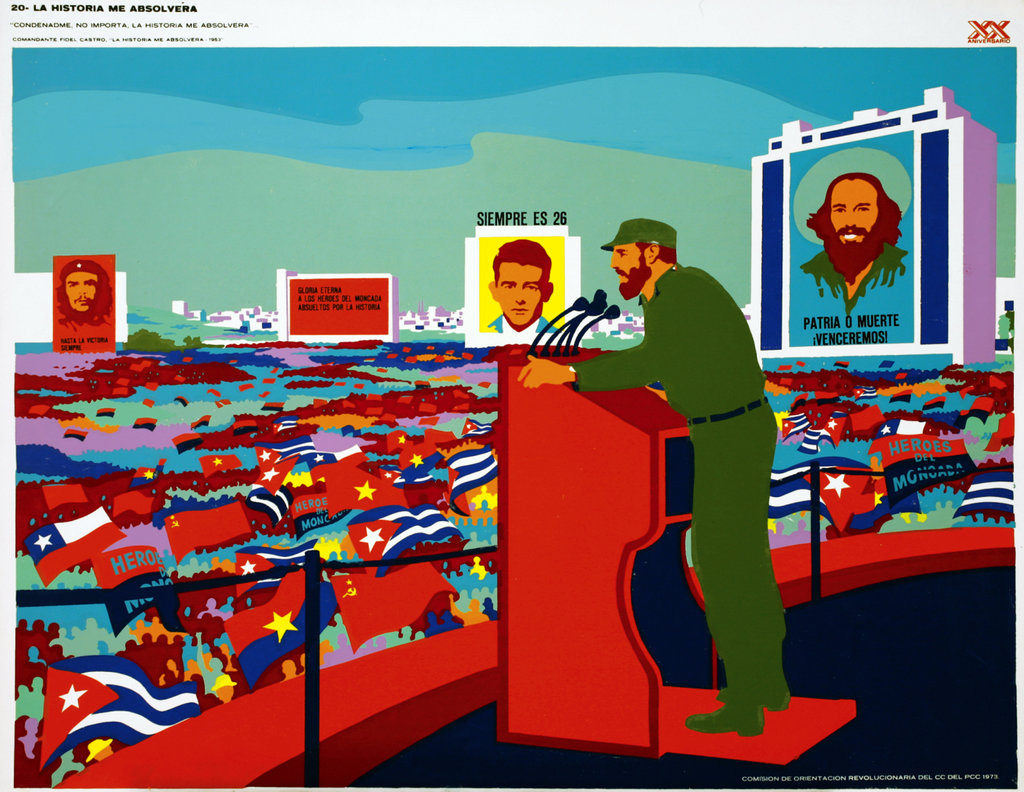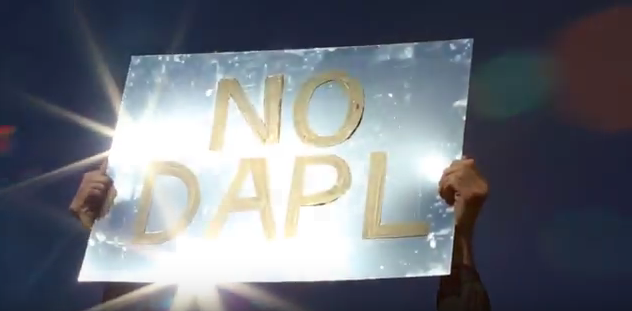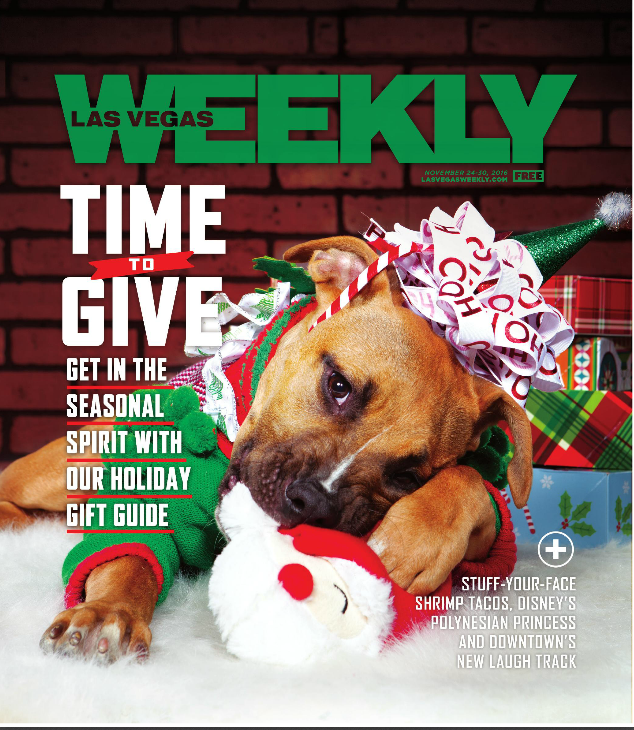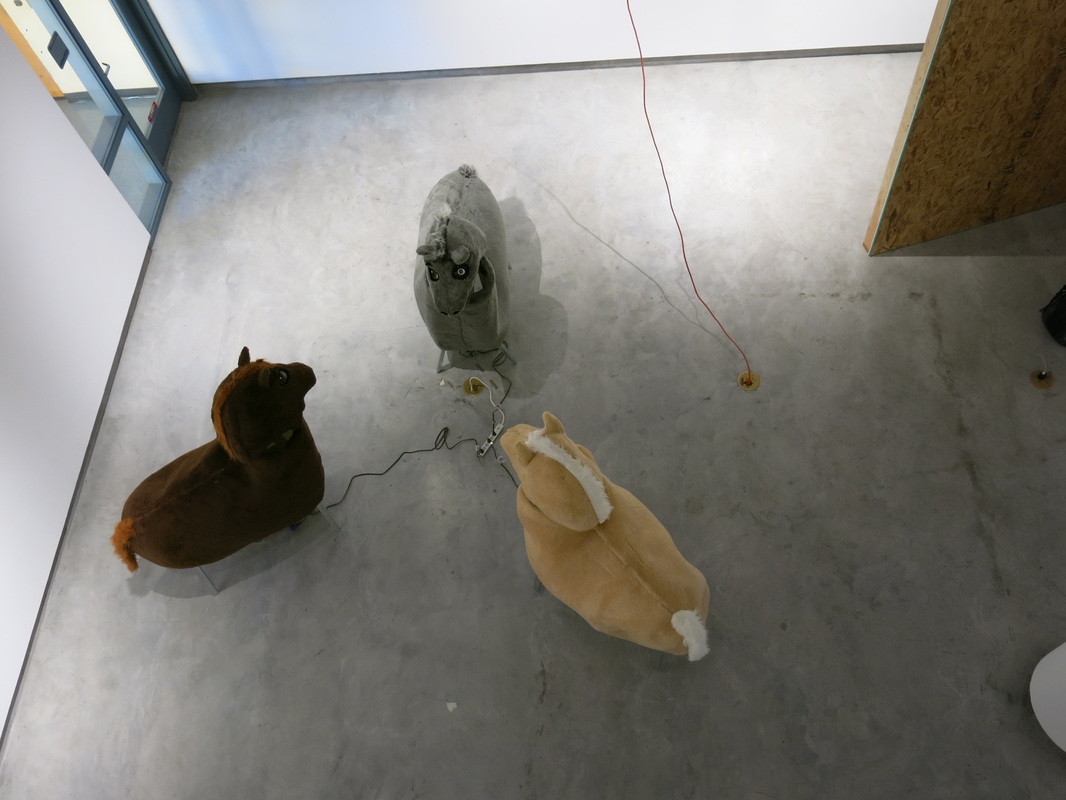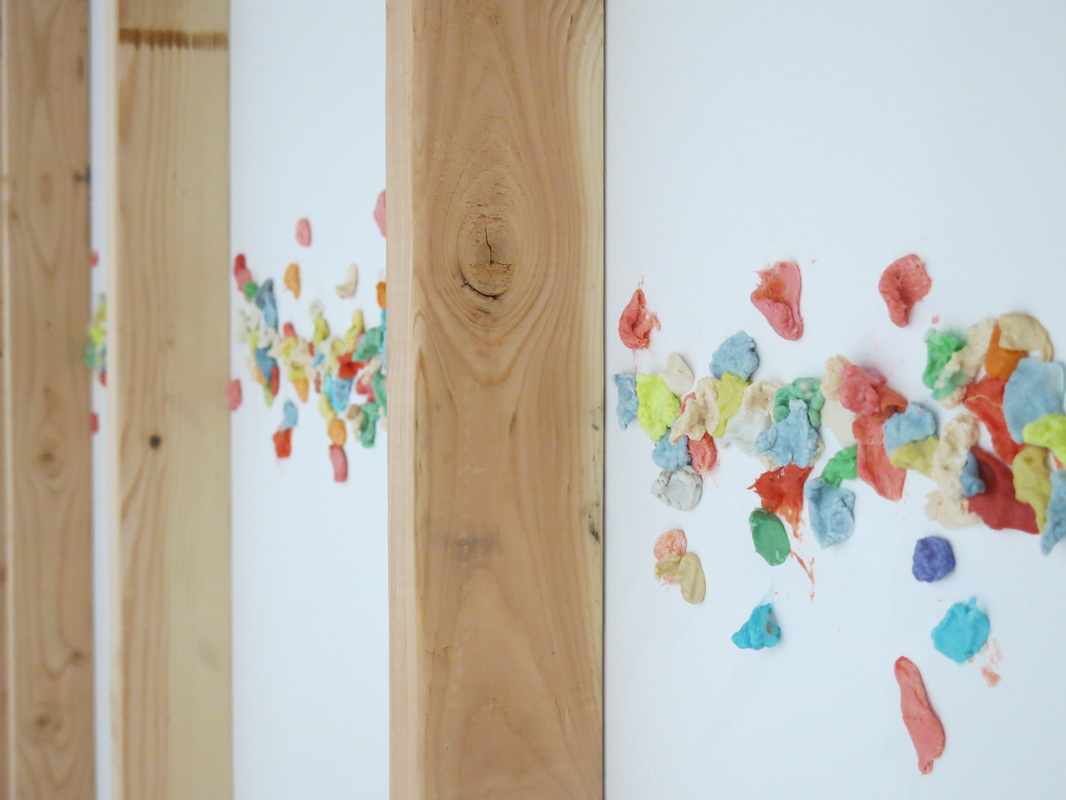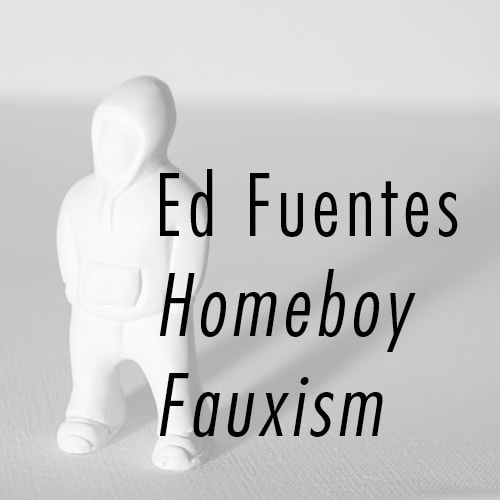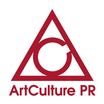|
Annette Lemieux, “Left Right Left Right” (1995) at the Whitney Museum of American Art, New York. Photo: Ed Fuentes
LAS VEGAS ART MEDIA
JUSTIN ONE: “I wanted to do something for the space that had never been done before,” Favela said. “I started thinking about the imagery that I wanted on the papeles picados. I was thinking of my own heritage. I’m a very proud Latino-American , so I wanted to mix those two worlds together.” Justin Favela “Patrimonio” runs through Dec. 15 at Las Vegas City Hall’s Grand Gallery. I Review Journal (Nov 25, 2016)
JUSTIN TWO: Justin was also featured on November 12" " 'What symbol represents Latin America in the U.S.? The pinata — and the taco. It was definitely a great jumping-off point,' Favela says of adopting the pinata aesthetic. 'When you automatically pinata something, people want to know what’s inside.' After 'playing with that notion, now I see it as a tool that I can use,' he says." Review Journal I Nov 12, 2016 JUSTIN RETRO: From a 2009 article by Kristen Peterson, who spots how Justin's family is an influence: “They drive me to create. The way I think and the way I am is because of them. I’ve also realized that people love listening to my family stories, so why not make objects to represent them?” I Las Vegas Sun June 16, 2009.
GIRL WONDER: It was in 2009 that now 15-year-old Autumn de Forest had her first exhibition. It was at Boulder City’s annual Art in the Park. Now the Las Vegas artist has national press reporting on her success. Autumn is now having her first exhibition in Las Vegas. I KNPR+ Review Journal
LOCAL PROTESTOR: After she returned from Standing Rock as a representative of the Las Vegas Paiute community, artist and activist Fawn Douglas was interviewed to get her thoughts on the significance of the stand-off I News3LV
PAINT THAT WALL: At the Mission Building in the Arts District, which has been reduced to tags covering some of the best street art coming out of Las Vegas, Gear Duran (Gearboxxx) is using the space to support the Dakota Access Pipeline protest. "Duran says that the giant protest mural on the Mission Building will contain some graphic imagery depicting what is happening at the protest camps. He says that he knows that some people will love it and others will hate it but he views the mural as a 'moral imperative.' " I KTNV
ROAD KILL: Nevada Department of Transportation carted away roadside sculptures made by locals, reports the Review Journal. The paper then pens an Op-Ed shaming NDOT I R-J
ALL YOU NEED IS: Burning Man artist Laura Kimpton sends her "LOVE" to The Palazzo I Vegas Seven
ELSEWHERE:
TACO TO WOOSTER: LA Based LA Taco interviewed Sara and Marc Schiller, founders of the foundational street art blog, Wooster Collective. One question was how has social media changed the world of street art. The answer:
MUST READ: "Emerging From the Shadows: A Survey of Women Artists Working in California, 1860-1960" by Maurine St. Gaudens surveys 320 women artists based in California, "many of whom would otherwise remain forgotten." I LA Review of Books
OG IN OC: “El Proletariado de Atzlan” by late muralist Emigdio Vasquez will be noted during The Getty Center’s Pacific Standard Time exhibition. "Created in 1979, Vasquez’s mural is a reflection of the Orange Barrio District and a record of Mexican-American culture and history. Vasquez, the artist, was a local icon in the Chicano art movement who created more than 400 oil paintings and 22 murals over 50 years. He died in 2014 at age 75," reports theOC Register.
CHICAGO LIT: In Chicago, artists Jack C. Newell and Seth Unger want to extend multicolored LED light tubes installed under rail tracks to be “the biggest piece of public art in Chicago's history.”Press Release + Curbed Chicago
LISTEN IN: On a great Hyperallergic's list of "20 Art and Culture Podcast Episodes You Should Hear" is Studio 360's "American Icons" episode on the Vietnam Veterans Memorial, the public art piece that "memorialized a war that didn’t seem worth its losses," by Architect Maya Lin. YOU KNEW ABOUT THIS: Lin was one of 21 awarded the Presidential Medal of Freedom.
HOW PUBLIC ART BE A POWERFUL PROTEST: "Recommended by In the wake of an election that has spurred protests and elicited fear among marginalized communities in the U.S., activism moves to the forefront of this country’s efforts to prepare—and heal. Art and cultural spaces can help spread activists’ message," says Lise Ragbir at TIME.
Philippe Echaroux
RAINFOREST: French photographer Philippe Echaroux traveled to Brazil and took portraits of tribe members, then projected their faces onto the trees, then took more photographs. They will be in the exhibit “The Crying Forest” in Paris. Echaroux calls the series “the world’s first street art in the rainforest." NRDC
OR SEE IT ON INSTAGRAM: "Walking tours to see graffiti and large-scale murals don’t just have to be something to do with a few spare hours in a city, but a very valid reason to go there in the first place."Irish Examiner
LIST OF cities that can boast to the world about "areas exclusively for displays of street art in the form of murals, projections, installations and collaborations. Street art has found its rightful place, and here’s where you can go looking for it" I India Times
CITY WITH A LARGE COLLECTION: The city with a large curated civic mural collection must decide “what gets preserved and what goes to mural heaven.” That according to Mural Arts Philadelphia executive director Jane Golden I Philly
HOW THE CONTEMPORARY MURAL BEGAN: "In 1921, as the bloody, decade-long Mexican revolution drew to an exhausted close, the distinguished intellectual José Vasconcelos was named to head a new Ministry of Public Education. In that post, Vasconcelos was instrumental in making a fateful decision: There would be murals — public murals, funded by the state and painted on community walls as an educational tool," writes Christopher Knight. He reviews The Philadelphia Museum of Art's “Paint the Revolution: Mexican Modernism, 1910-1950.” I LATimes
FIDEL ONE: "Show up to work. Learn to read and write. Harvest more sugar. In the years after Fidel Castro came to power in 1959, thousands of posters were commissioned by the government to communicate his vision of a socialist society. Some came to be regarded as works of art" I NYTimes
FIDEL TWO: Castro understood the power of visual propaganda, reports The Guardian. "He used it in 1957 to secure victory when he invited foreign journalists and photographers to meet him in the mountains of the Sierra Maestra before his final victory push. And he continued to use it throughout his life." I The Guardian
Screenshot from The Mirrored Sign Project
SOLAR POWERED PROTEST: Signs made from mirrors, or "mirrored posters," can distract the opposition noted Designer Nikolas Bental. He was working on a project on the myth of Archimedes telling soldiers to hold up shields to set reflect the sun's rays to set attacking ships on fire. He shared the idea withDakota Access Protesters I Motherboard and more at "The Mirrored Sign Project" on YouTube
0 Comments
At this Wal-mart in Las Vegas, Ugly Sweaters were given choice floor position. Welcoming Wal-mart's Black Friday shoppers were tinseled “Ho Ho Ho” and Christmas Trees. It’s the Ugly Sweater, the anti-sentiment wearable that makes collective mocking of bad taste a visual strategy for socialization. It's the season when partygoers don the bray apparel. With original vintage sweaters harder to find after a decade of growing popularity, compromising fashion is now an industry. Wal-Mart’s three solid years of sales for tacky Christmas sweaters had them increase inventory by 40 percent this year. Sports franchises invaded their brand to hawk their own version of the cheesy sweater. National Ugly Sweater day falls on December 16. And from what I can gather, we can blame Canada for pushing this tackiness into a trend. The Barrick, UNLV’s art museum, will also let kitsch invade their Art Bar for a private staff holiday party. The collage workstation will be temporary filled with materials to create interpretations of low fashion, and possible that the Ugly Sweater will mock high art. Dare to picture a sweater that is Robert Rauschenberg meets Bob Ross; where found fabric and felt becomes a "combine" of dancing reindeer next to happy little trees in a bountiful burst of red and green. Not wearing fashion faux pas in public would be a sweater fail. This is a way a wearer can be one public art spectacle and one part performance artist. In this age of selfie as art participation, look for poses next to a fake hearth to forward holiday hyperkitsch.
Photo: LeiAnn Huddleston. "Banana Strings" Donna Beam Fine Art Gallery, UNLV (4505 S Maryland Parkway) Through November 30, 2016 By D.K. Sole I hesitate to call Mike Calway-Fagen’s one-person show "poetic" because the word is so often colloquially understood to mean sweetened mush, but the first time I saw it I had been reading William Kulik’s introduction to the "Selected Poems of Max Jacob" (Oberlin College Press, 1999), and I was thinking of the implicit joins or silences that poetry allows for. "Banana Strings" struck me as a way to continue that line of thought. One of my colleagues suggested that it was a show with many entrances, which it is, in that almost any piece can serve as the first piece, an introduction to the story of the rest. Is it a coincidence that the shadow inside "rigormortis tortoise", a black ceramic vase with a pie-slice cut out of the side, falls in the shape of a keyhole? The artist on opening night (October 27) drew attention to the fact that the trefoil arrangement of singing pony costumes in "the nature of the venture" means you can stand between them, inside the work, but then where is the work, you might think -- where is the front of it, where does it start or stop -- especially when the audio coming out of the speakers bolted into the ponies' dark-fringed cartoon eyeholes travels all over the room, even into the narrow top balcony space where an ominous submarine rotates in a video loop against the wall? My own mental entrance to "Banana Strings", the moment when I looked back at the gallery and saw the shadow-patterned gap in the vase forming an alignment with the music-filled space between the ponies, was a block of printed text in a collage titled "in full sight". It describes the behaviour of the male saiga antelope, who often dies during rutting season, "leaving most of the food supply to the females, who propagate the species." This notion of absence and fulfillment bubbling away in the same spot with a weird combination of biology and mechanical predictability (as if the saiga is not fully one thing or the other, or as if we are all both at once) looked like the key to some angle of perceptive intelligence that the show presents to its visitors without ever trying to disguise it as an answerable question. Photo: LeiAnn Huddleston. D.K. Sole has worked at UNLV's Marjorie Barrick Museum since it changed its focus to fine art in 2012. An artist and former resident of Melbourne, Australia, she held her first one-woman Las Vegas show, 'Some Time Ago," in 2015 at Clark County's Winchester Gallery. She was co-manager for the highly praised downtown Las Vegas gallery, Satellite Contemporary. |
An Online Arts Journal
Exhibition:
February 2 – March 31, 2019 Artist Reception and Gallery Talk: Sunday, February 10, 2019, 4 p.m.–7 p.m. S P O N S O R
ARCHIVES
January 2019
TAGS
All
|
